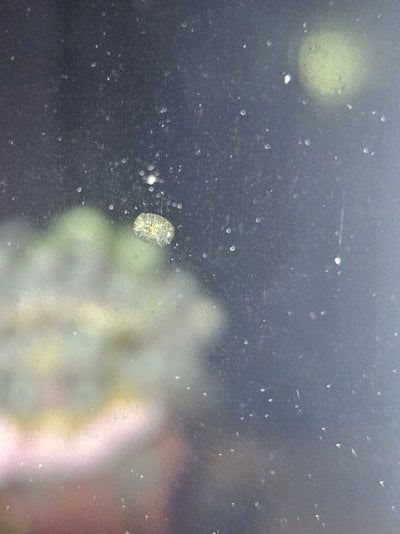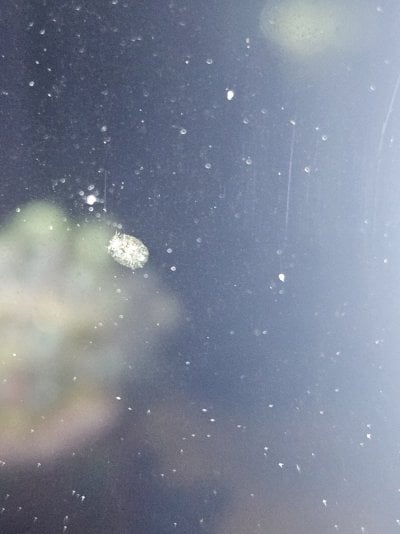Navigation
Install the app
How to install the app on iOS
Follow along with the video below to see how to install our site as a web app on your home screen.
Note: This feature may not be available in some browsers.
More options
You are using an out of date browser. It may not display this or other websites correctly.
You should upgrade or use an alternative browser.
You should upgrade or use an alternative browser.
Friend, foe, or neutral?
- Thread starter Puzzles386
- Start date
- Tagged users None
That's either a limpet, a chiton, or a Seroloidean Isopod (A.K.A. trisobite or sand skater) - either way, their likely harmless/beneficial.
Limpets have a solid shell and a snail foot; chitons have a segmented shell (like a rolypoly) and a snail foot; and Seroloidean isopods have a segmented shell and little legs.
Limpets have a solid shell and a snail foot; chitons have a segmented shell (like a rolypoly) and a snail foot; and Seroloidean isopods have a segmented shell and little legs.
Thank you. They don't appear to have a solid shell, more of a segmented body. I was worried that they might be the cause of several goniopora receding, but it sounds like they're not the culprit.That's either a limpet, a chiton, or a Seroloidean Isopod (A.K.A. trisobite or sand skater) - either way, their likely harmless/beneficial.
Limpets have a solid shell and a snail foot; chitons have a segmented shell (like a rolypoly) and a snail foot; and Seroloidean isopods have a segmented shell and little legs.
Similar threads
- Replies
- 7
- Views
- 248

















